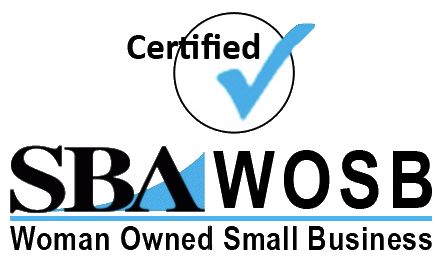|
HBO’s Silicon Valley was one of the things that inspired me to come to San Francisco. When the show started, I was in the executive MBA program at Columbia University in New York. I was with my cohort for one long weekend per month over two fast-paced years, dreaming about Palo Alto, aka “Taxo Alto,” as they call it in the show. My curiosity was piqued watching the chaotic rise of Pied Piper, a tech startup. I became curious about venture capital (VC) firms and how their interest—or lack thereof—can spell life or death for startups. I loved Monica, the show’s VC, and her role dealing with the day-to-day responsibilities of the tech investment business and all its comedic wins and defeats. I started to attend tech and health care conferences. The best ones combined both topics and featured digital health technologies. My eyes lit up around VR/AR devices like OpticSurg a groundbreaking AR product transforming the surgeon operating experience, software that tracked heart disease, bodyweight scanners, and new apps that helped manage sleep and chronic conditions. I started locally by attending conferences at Columbia. Then I expanded my search and discovered health tech organizations in New York such as HITLAB, Brite, and Future of Care. As I learned more about health tech, listening to my professors and others at conferences, I developed my own interest in speaking to a larger audience. With my years of experience, I had a great deal to say. I saw that startups were interested in doing business with large organizations such as Columbia University Medical Center, where I worked in management for more than 10 years. I was a woman of color in health care management with a unique path that resonated with other women like me. After graduate school, I moved across the country to the San Francisco Bay Area and into a new industry: health insurance. People reached out to me to discuss both my recent relocation and my current work driving organizational innovation initiatives for Blue Shield of California. I decided to gain experience by becoming a panelist. I signed up for any opportunity I could find, as I was eager to contribute. After I had a few speaking engagements under my belt, I began to notice that there were things that could be improved. One was to have more information about the audience so that I could tailor my content. When I found out that I would be a panelist at Becker’s CIO conference in Chicago in the grand ballroom, I was thrilled. However, I remember imagining that my panel on women’s diversity and leadership in health care IT would be in a more intimate space. The grand ball room was reserved for CEOs, former presidents, and tennis stars like Venus Williams, who I would get to see at the conference. My visualization exercises did not include an audience that size, and I had to rethink how I would connect with the audience. Intimate venues have always been my preference, where I can look others in the eye, observe their body language, and gauge their interest. I remember thinking about what I was going to say. I did not have any questions from the moderator. All I could do was answer questions and tell my story with authenticity. The panel was amazing. These women gave out so many gems, and after the discussion, I was excited to see a line of women who wanted to speak with me to share their stories and hear more about mine. We were rushed because there’s usually very little time to move from one panel to the next. I would have liked to have more time with them as I enjoy one-on-one meetings with people to learn what inspires and motivates them. Answering questions one-on-one is great, but there should be an opportunity to take audience questions during presentations. This may not always work out for panel discussions, but it could be valuable for keynotes and speeches longer than 30 minutes. I always find that the audience asks the most intriguing questions. For example, when conducting research on a company, I often watch YouTube videos of the chief executives giving interviews. I remember one executive who was asked the same questions and gave the same answers over multiple interviews. It was not until audience members started asking unusual questions that this person became interesting again. I am certain that executives have a great deal more to say. Then there is the opposite type of presenter, the one who is so closely connected to her work that she wants to give the audience every single detail. It could be a new drug or device, or technical requirements and methods, and she forgets that the audience consists mainly of people who just want the headline and a bit of filler. They call this the “high-level overview” in the corporate world. This is why Silicon Valley’s Gilfoyle and Dinesh were never allowed to pitch to VC firms: they were too technical. Hilariously, in one scene, they gave away half of their company’s proprietary information during one presentation. In that episode, Gilfoyle and Dinesh were engaging only because the VCs wanted to steal Pied Piper’s data. It’s a useful lesson: gauge the audience’s interest early. The audience may seem disinterested, at least until the presentation is delivered in a way that is relatable. This is an excellent case for gathering real-time data from the audience during a presentation.
3 Comments
|
Tsahia (like Tsunami - yes, the T is silent - Sa-hee-ah) is a healthcare enthusiast working to transform patient care for all of us while driving creative and innovative solutions with technology. Archives
March 2021
Categories |



 RSS Feed
RSS Feed